Street Photography: The Visual Journey of Life
Street Photography
Street photography is a captivating genre that has been cherished by photographers for many years. I’ve always been an avid street photographer, and I understand the appeal and challenges that come with capturing compelling images in public spaces.
In this article, I will share my insights and suggestions on how to excel in street photography, covering everything from equipment and techniques to legal considerations and post-processing. So, grab your camera, hit the streets, and get into the exciting world of street photography!
I am a participant in the Amazon Services LLC Associates Program, an affiliate advertising program designed to provide a means for me to earn fees by linking to Amazon.com and related sites. This post may contain affiliate links, which means I may receive a commission, at no cost to you, for purchases made using my links. Please see my disclosure to learn more.
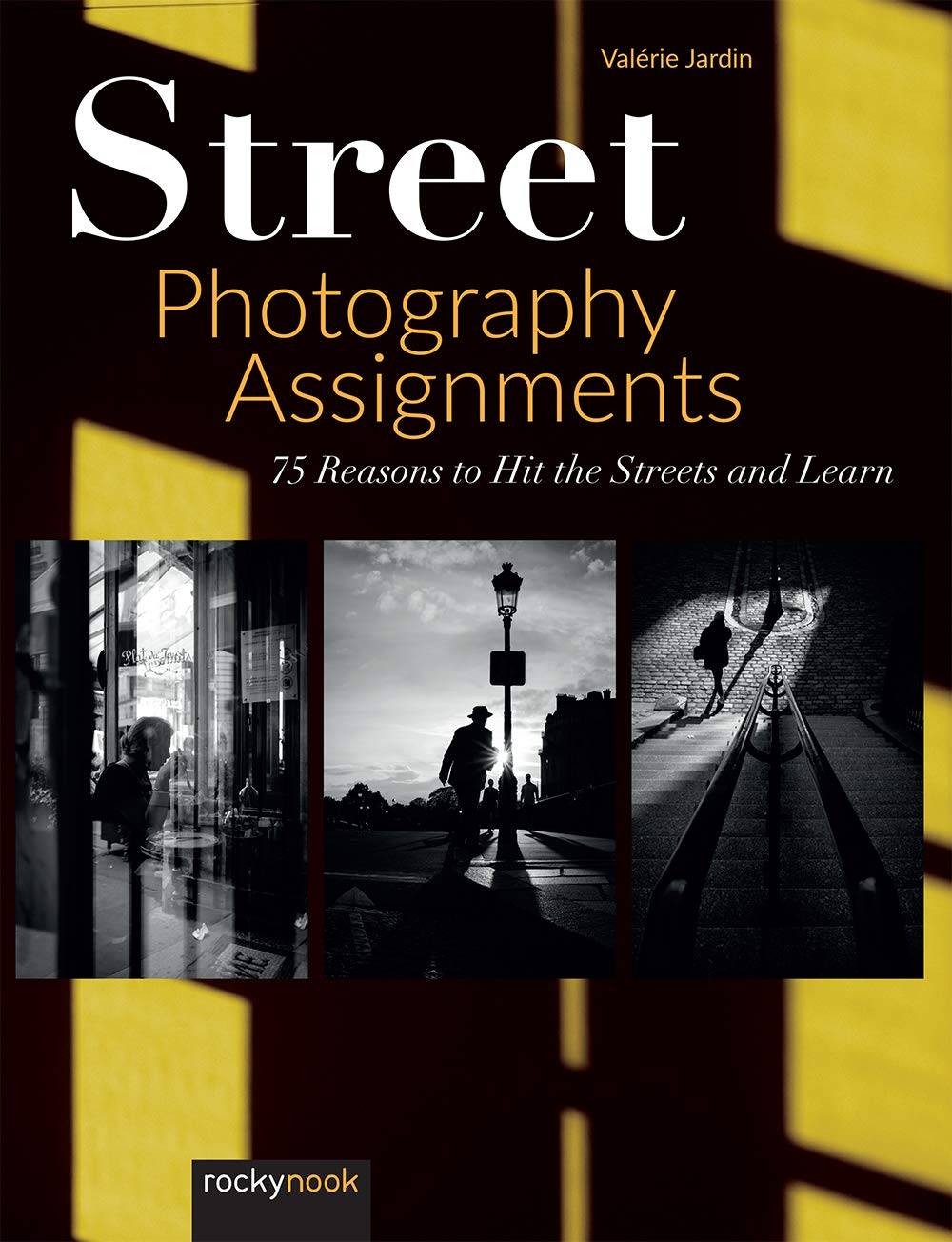
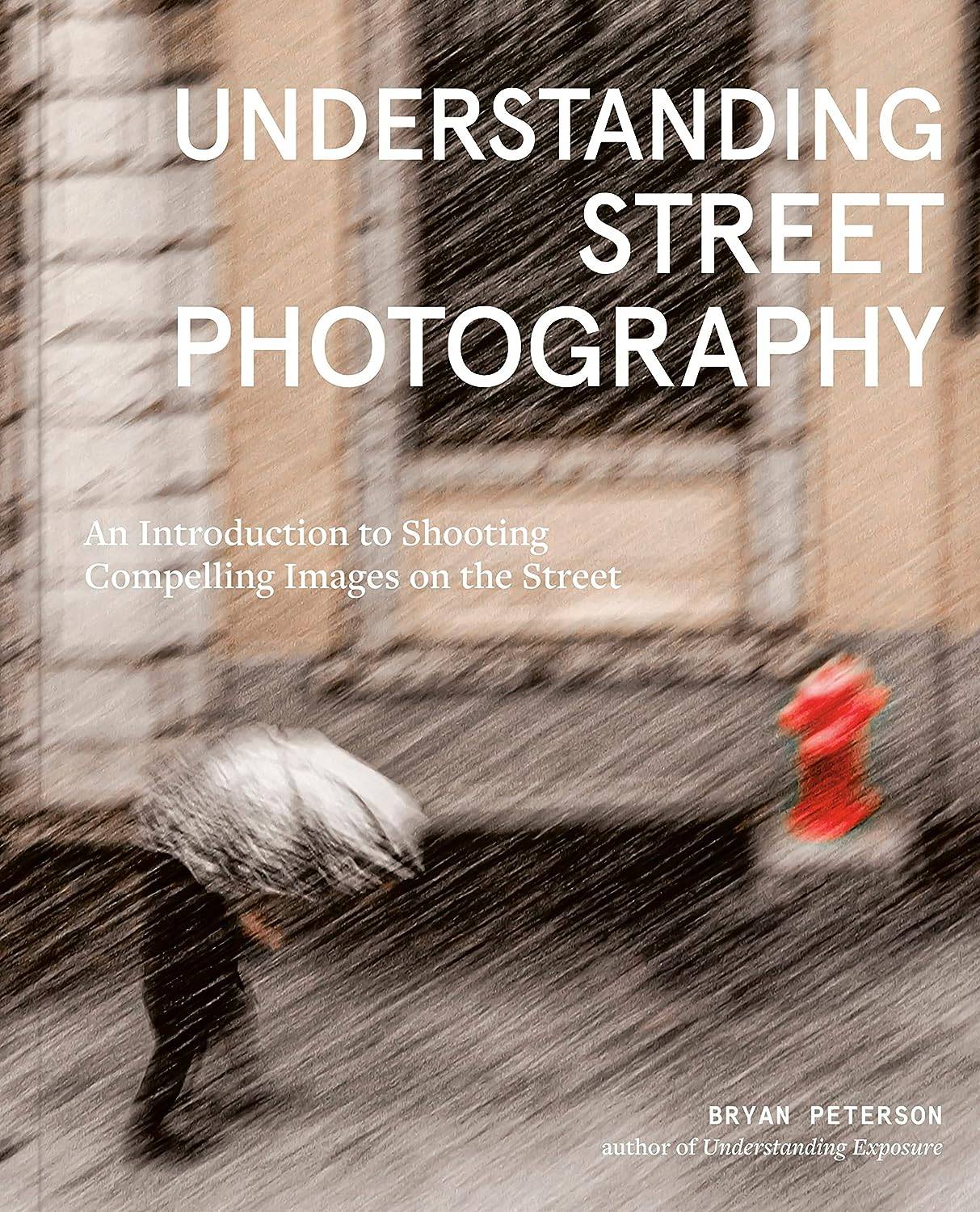
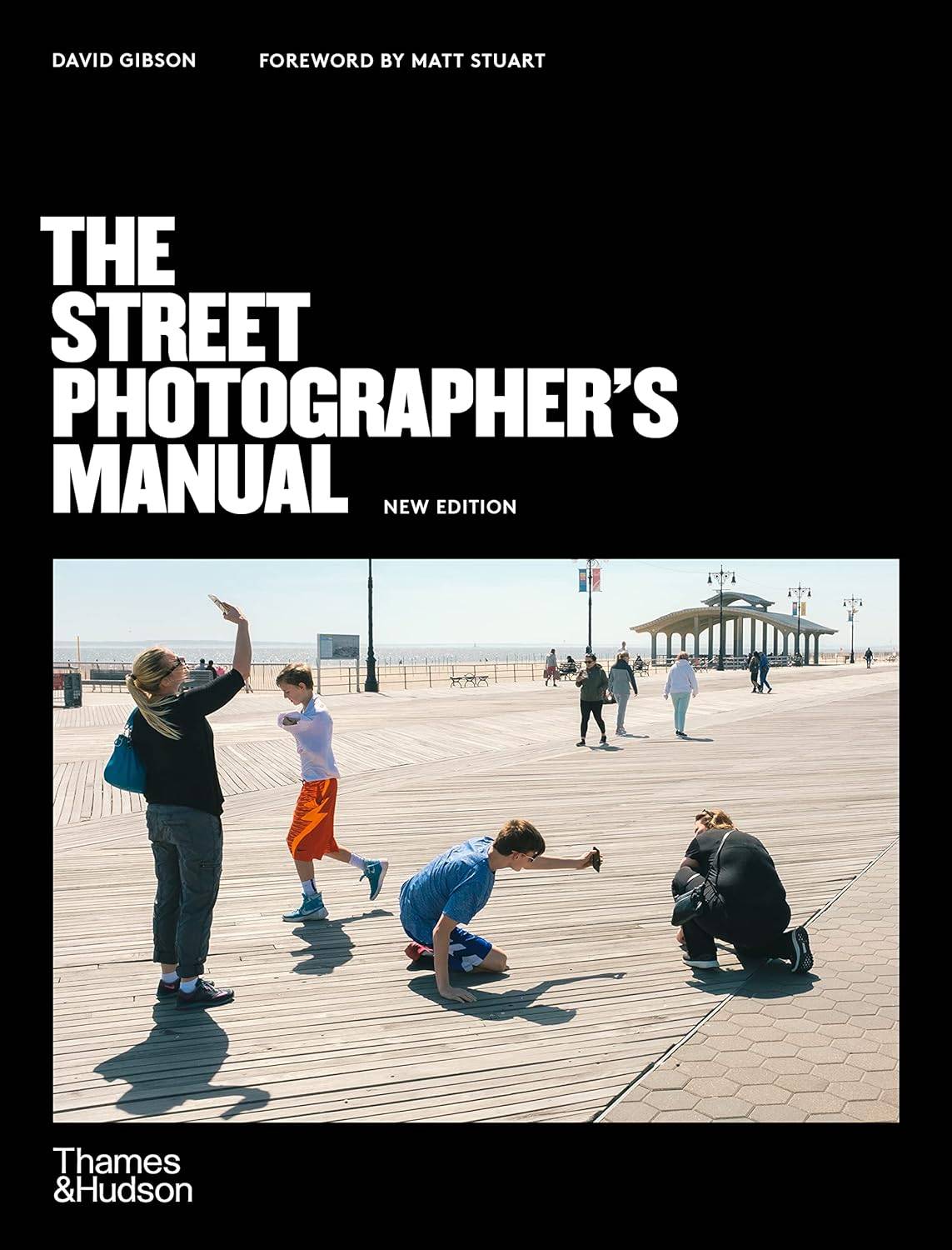
What is Street Photography?
Definition and Purpose
Street photography is a form of documentary photography that aims to capture candid moments of everyday life in public places. It focuses on portraying the essence of a moment, telling stories through visual narratives, and offering glimpses into the human experience. Unlike other genres, street photography is unposed and spontaneous, capturing genuine emotions, interactions, and scenes as they unfold naturally.
The purpose of street photography is multifaceted. It serves as a means of self-expression, allowing photographers to showcase their unique perspectives and artistic vision. It also serves as a powerful tool for documenting social changes, cultural diversity, and the evolution of cities over time. Through street photography, we can observe and appreciate the beauty in the ordinary and the extraordinary in the mundane.
Historical Background
Street photography has a rich history that dates back to the late 19th century. Pioneers like Henri Cartier-Bresson, Robert Capa, and Dorothea Lange paved the way for this genre, capturing iconic images that have left an indelible mark on the world of photography. Their works have inspired generations of photographers to explore the streets as a canvas for their creativity.
Essential Equipment for Street Photography
To embark on your street photography journey, it’s crucial to have the right equipment that allows you to capture those decisive moments seamlessly. Here are some essential tools and gear to consider:
Camera and Lens Choices
When it comes to choosing a camera for street photography, there are various options available. While high-end DSLRs and mirrorless cameras offer advanced features and image quality, compact and lightweight cameras are often favored for their portability and inconspicuousness. Ultimately, the best camera is the one you feel comfortable using and suits your shooting style.
In terms of lenses, prime lenses are highly recommended for street photography. They are known for their wide apertures, which allow for better low-light performance and the ability to create a shallow depth of field. Popular focal lengths for street photography range from 28mm to 50mm, as they offer a versatile field of view that can capture a wide range of scenes and subjects.
Recommended
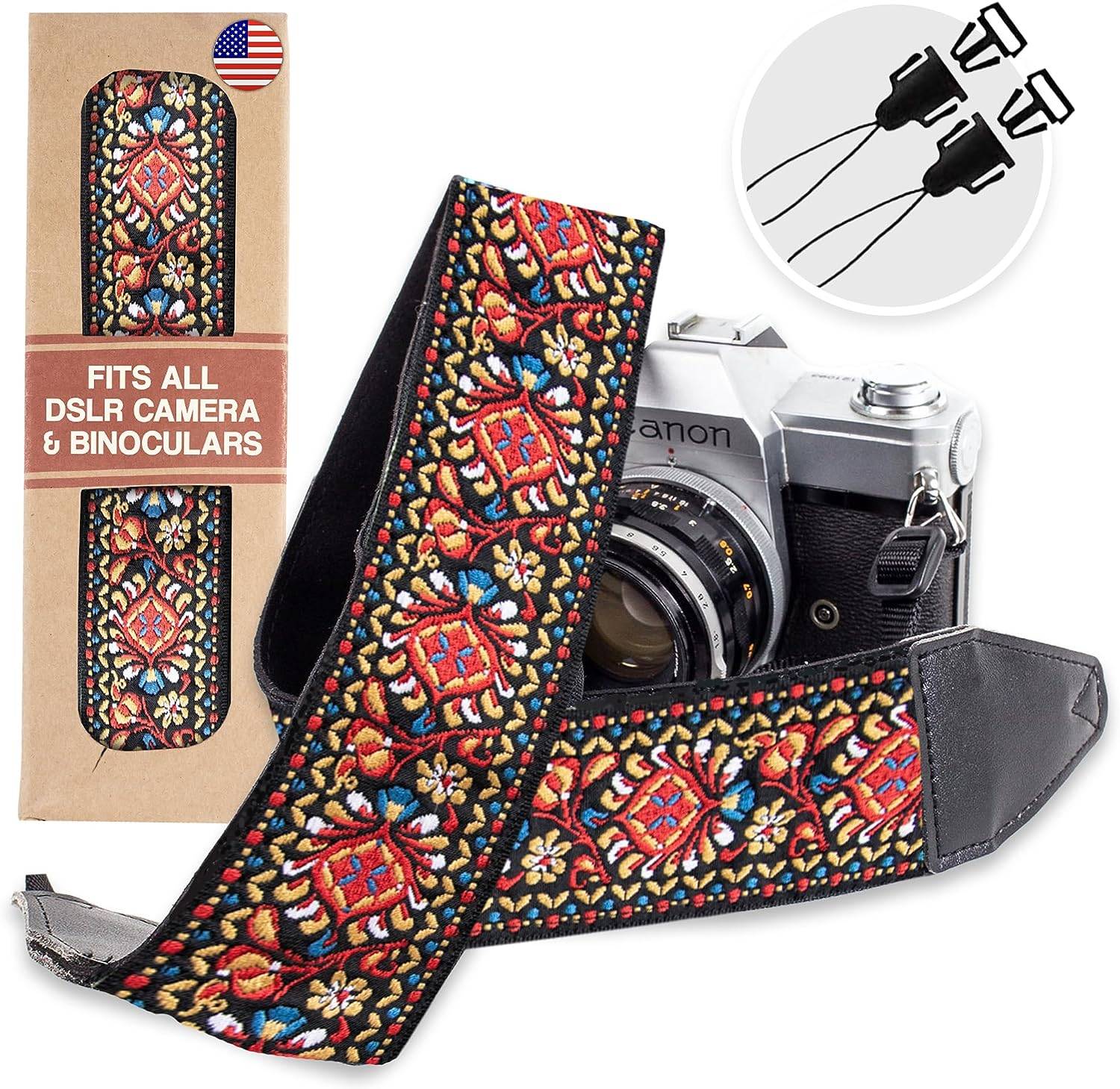
Art Tribute Camera Strap For All DSLR Camera
Recommended
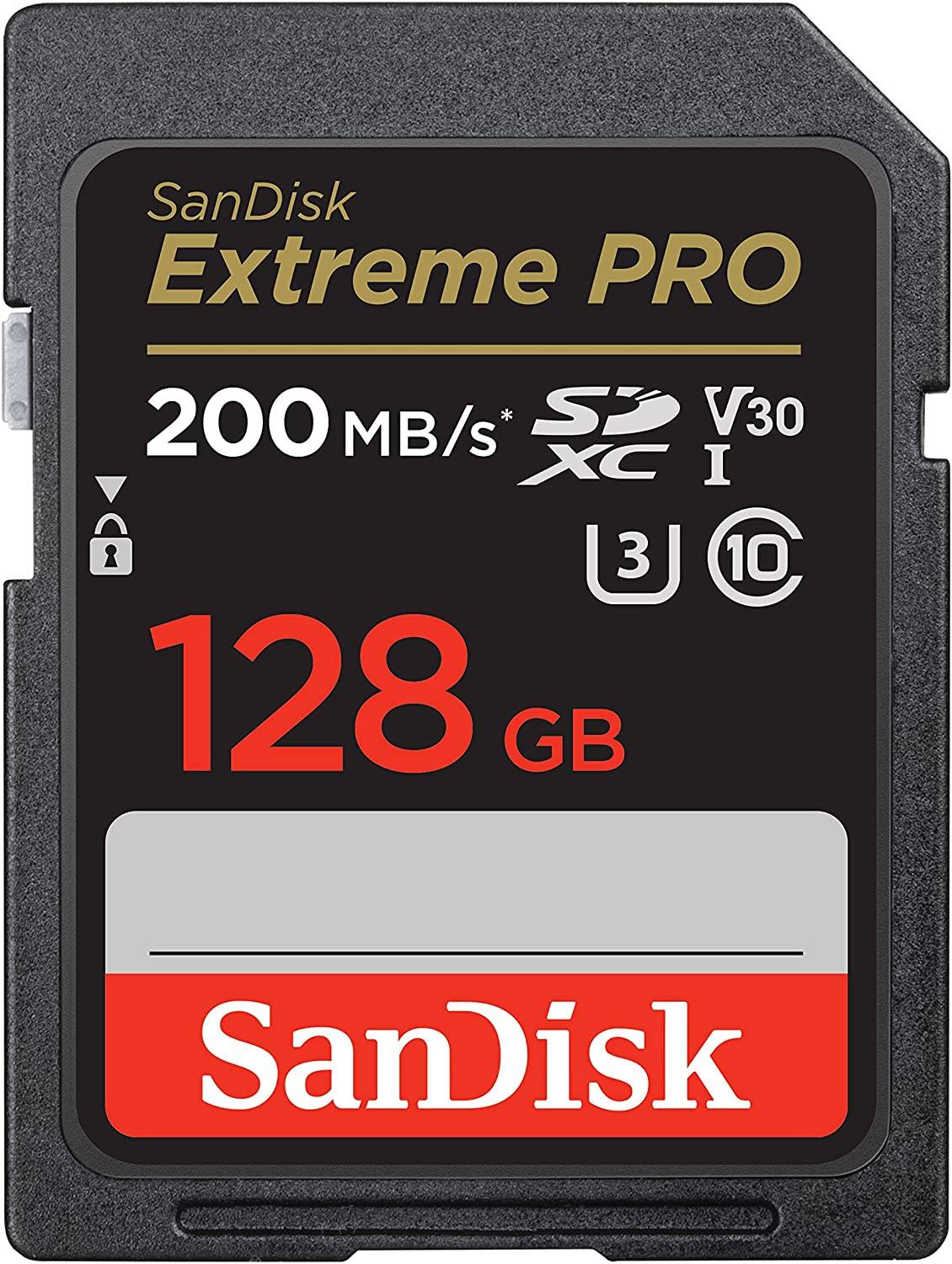
SanDisk 128GB Extreme PRO SDXC UHS-I Memory Card
Recommended
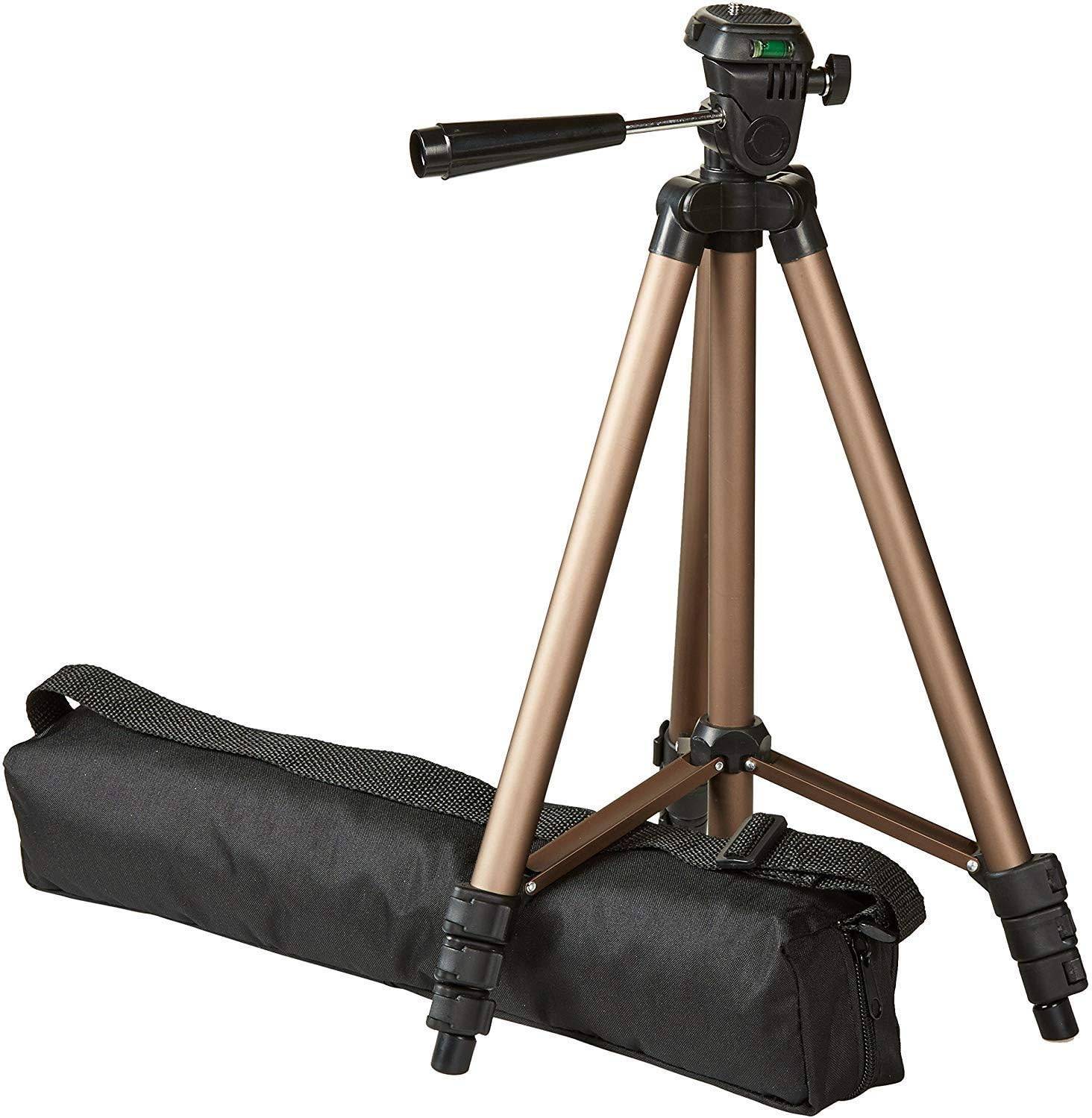
Amazon Basics 50-inch Lightweight Camera Tripod
Accessories
While a camera and lens are the primary tools, there are a few accessories that can enhance your street photography experience. Consider investing in the following:
- Camera Strap: Opt for a comfortable and secure camera strap that allows for quick access to your camera while ensuring it stays safely by your side.
- Extra Batteries and Memory Cards: Street photography often involves long hours of shooting, and having spare batteries and memory cards ensures that you never miss a moment due to lack of power or storage.
- Lens Hood: A lens hood helps reduce lens flare and protects your lens from accidental bumps or scratches.
- Tripod or Monopod: While not always necessary, a lightweight tripod or monopod can be handy for longer exposure shots or when shooting in challenging lighting conditions.
Techniques for Capturing Great Street Photos
Capturing captivating street photos requires a combination of technical skills and a keen eye for composition. Here are some techniques to help you elevate your street photography game:
Composition and Framing
Composition plays a crucial role in creating visually compelling street photographs. Consider the following tips:
- Rule of Thirds: Divide your frame into thirds both horizontally and vertically, and position key elements along the intersecting lines to create a balanced and visually pleasing composition.
- Leading Lines: Look for lines and patterns in the environment that can lead the viewer’s eye through the frame and add depth to your image.
- Foreground and Background: Pay attention to both the foreground and background elements to create layers and add context to your subject.
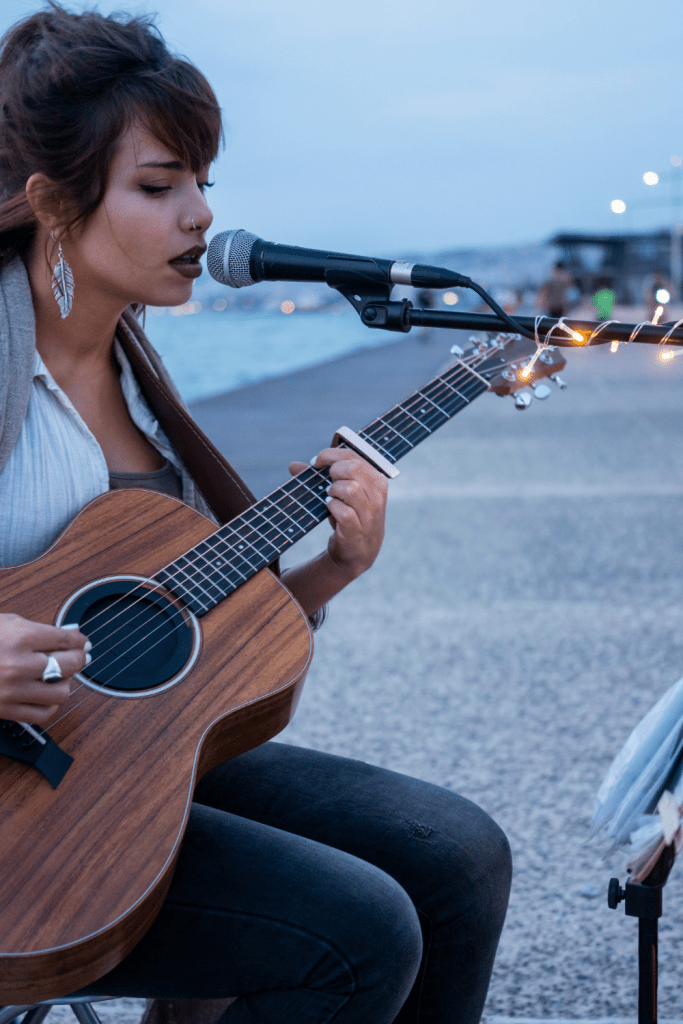
Capturing Candid Moments
Street photography thrives on capturing authentic and candid moments. Here’s how you can achieve that:
- Blend In: Try to blend into the environment by dressing inconspicuously and behaving naturally. This allows you to capture genuine reactions without drawing attention to yourself.
- Anticipate and Be Patient: Observe your surroundings, anticipate interesting moments, and be patient. Street photography is about being at the right place at the right time.
- Shoot from the Hip: Experiment with shooting from waist-level or using the camera’s live view feature to capture candid shots without raising the camera to your eye.
Working with Light and Shadows
Lighting can make or break a street photograph. Consider the following techniques:
- Golden Hour: Make the most of the soft, warm light during the golden hour (the hour after sunrise and before sunset) for beautiful and atmospheric street photos.
- Contrast and Shadows: Embrace the interplay of light and shadows to add drama and depth to your images. Experiment with silhouettes and high-contrast scenes.

Approaching and Interacting with Subjects
Photographing people on the streets requires tact and respect. Consider the following:
- Respect Personal Space: Be mindful of personal boundaries and respect people’s privacy. Avoid intruding or making subjects uncomfortable.
- Engage and Communicate: When photographing people, seek their permission whenever possible. Engage in conversations, share your intentions, and build connections.
- Seize Spontaneity: While posed portraits have their place, don’t shy away from capturing spontaneous moments that reflect genuine emotions and expressions.
Legal and Ethical Considerations in Street Photography
Street photography operates within a legal and ethical framework that photographers must be aware of. Here are some important considerations:
Laws and Regulations
Laws regarding street photography vary from country to country and even within different regions! It’s crucial to familiarize yourself with the specific laws and regulations in your area. Some common legal considerations include:
- Privacy Laws: Respect individuals’ right to privacy and be aware of any restrictions on photographing people in public spaces. Some jurisdictions may have specific laws regarding capturing and publishing images of individuals without their consent.
- Property Rights: Be mindful of photographing private property and respect any signage or restrictions that prohibit photography.
- Commercial Use: If you intend to use street photographs for commercial purposes, such as selling prints or licensing images, additional permissions or releases may be required.
Respect for Privacy
While street photography celebrates the public realm, it’s important to respect individuals’ privacy and dignity. Consider the following:
- Discretion: Exercise discretion when photographing sensitive situations or vulnerable individuals. Use your judgment and refrain from exploiting or misrepresenting them.
- Consent and Context: If you capture identifiable individuals in a way that could be potentially sensitive or controversial, consider obtaining their consent or carefully contextualizing the image to avoid misinterpretation.
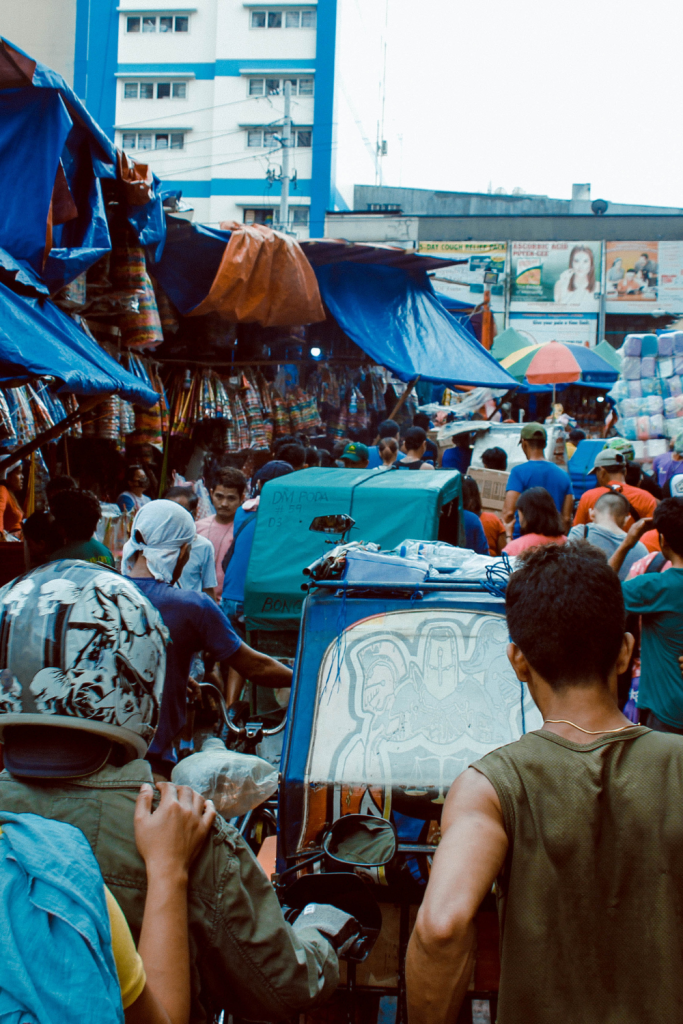
Street Photography : Obtaining Consent
While it’s not always feasible or necessary to obtain consent for every street photograph, there may be situations where seeking permission is appropriate and respectful. Here are some guidelines:
- Portraits and Close-ups: When capturing portraits or close-ups of individuals, it’s courteous to ask for permission. Engage with your subject, explain your intentions, and respect their decision if they decline.
- Sensitive Locations: Exercise extra caution when photographing in sensitive locations such as religious sites, hospitals, or schools. Always abide by any posted restrictions or requests.
Overcoming Challenges in Street Photography
Street photography presents its fair share of challenges. Here are some strategies for overcoming them:
Dealing with Rejections and Objections
Not everyone will be comfortable with being photographed in public. It’s essential to handle rejections gracefully and respect people’s wishes. Remember these tips:
- Stay Calm and Respectful: If someone objects to being photographed, remain calm, and be respectful. Apologize if necessary and promptly move on.
- Educate and Explain: When appropriate, educate people about street photography, its purpose, and your intentions as a photographer. This can help alleviate concerns and misconceptions.
Overcoming Fear and Shyness
Approaching strangers and capturing candid moments can be intimidating. Here’s how to overcome fear and shyness:
- Practice: The more you practice street photography, the more comfortable you’ll become. Start in less crowded areas and gradually work your way up to busier streets.
- Confidence: Exude confidence, even if you feel nervous inside. Remember that street photography is a legitimate form of artistic expression, and you have the right to capture the world around you.
Handling Difficult Lighting Conditions
Street photography often presents challenging lighting conditions. Here are some techniques for handling them:
- Adapt to Available Light: Learn to adapt to different lighting conditions and make the most of available light sources. Embrace shadows, use natural light creatively, or consider using fill-flash if needed.
- Post-Processing: In cases where lighting conditions are less than ideal, post-processing can help enhance your images. Use editing tools to adjust exposure, contrast, and white balance while maintaining the integrity of the scene.
Post-Processing and Editing Street Photos
Post-processing plays a significant role in fine-tuning your street photographs and bringing out their full potential. Consider the following:
Choosing the Right Software
Select a post-processing software that suits your needs and preferences. Adobe Lightroom and Capture One are popular choices among photographers due to their powerful editing capabilities and user-friendly interfaces. Experiment with different software and
find the one that best suits your workflow and aesthetic preferences.
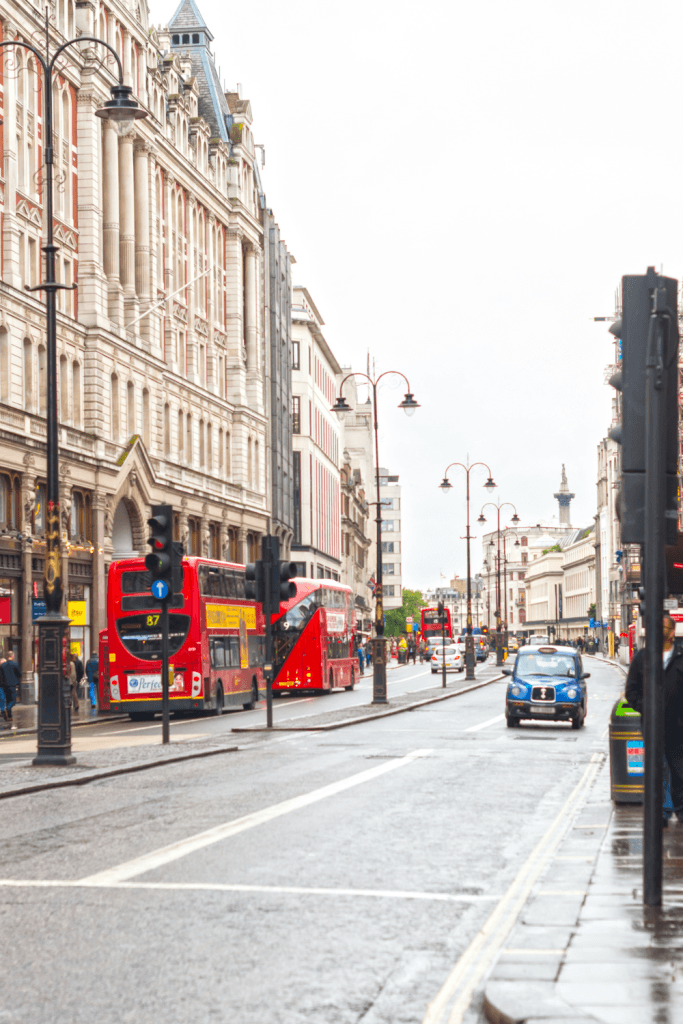
Basic Editing Techniques
When editing street photos, keep in mind the following techniques:
- Crop and Straighten: Adjust the composition by cropping and straightening the image to enhance the overall balance and alignment.
- Adjust Exposure and Contrast: Fine-tune the exposure, highlights, shadows, and contrast to bring out the desired tonal range and enhance the overall impact of the image.
- Color Correction: Adjust the white balance, saturation, and vibrance to achieve accurate and appealing colors. Experiment with different color grading techniques to evoke the desired mood.
- Sharpening and Noise Reduction: Apply appropriate sharpening techniques to enhance details while reducing noise caused by high ISO settings.
Preserving the Authenticity of Street Photos
When editing street photos, it’s important to strike a balance between enhancing the image and preserving its authenticity. Avoid excessive manipulation that alters the reality or misrepresents the captured moment. Aim to enhance the image while staying true to the original scene and maintaining the integrity of the storytelling aspect of street photography.
Sharing and Showcasing Your Street Photography
Once you’ve captured and edited your street photos, it’s time to share and showcase your work. Here are some avenues to consider:
Online Platforms and Communities
- Social Media: Utilize popular social media platforms such as Instagram, Flickr, and 500px to showcase your street photography. Engage with the photography community, share your experiences, and connect with fellow enthusiasts.
- Photography Websites: Create your own website or portfolio to showcase your best street photographs. This allows you to have full control over the presentation and organization of your work.
- Photography Forums and Communities: Participate in photography forums and online communities dedicated to street photography. Share your images, receive feedback, and learn from fellow photographers.
Exhibitions and Galleries
Consider exhibiting your street photography in galleries, art spaces, or local exhibitions. This provides an opportunity to showcase your work to a wider audience and receive valuable feedback from art enthusiasts and professionals. Additionally, participating in competitions or submitting your work for publications can help gain recognition and exposure.
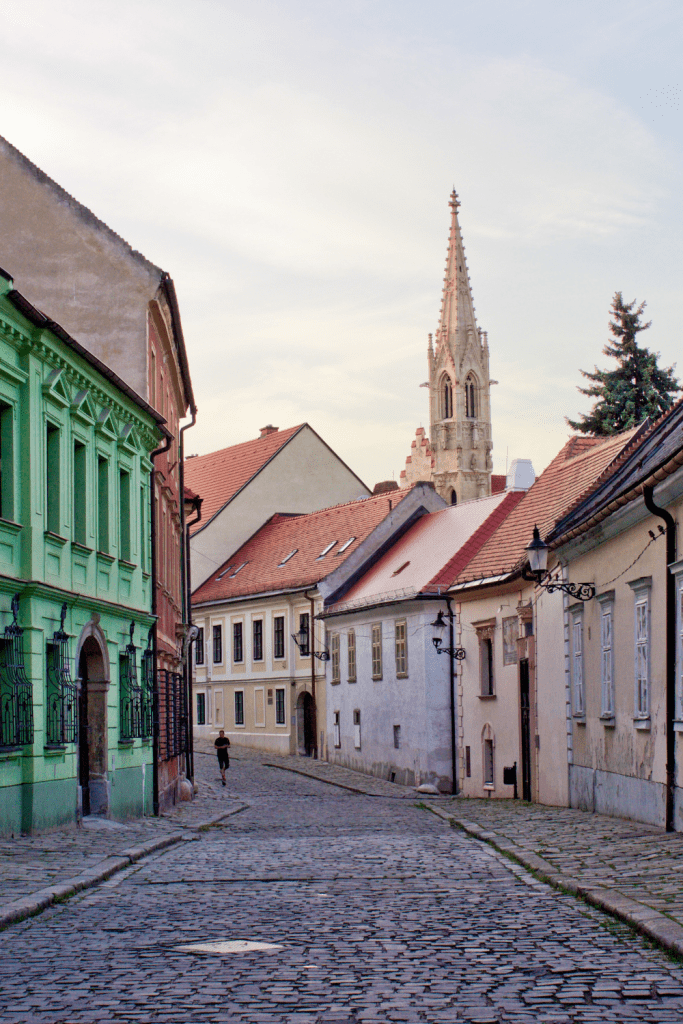
Benefits and Impact of Street Photography
Street photography offers numerous benefits and has the potential to make a positive impact. Consider the following aspects:
Personal Growth and Expression
Engaging in street photography allows for personal growth and self-expression. It encourages you to observe the world more attentively, find beauty in everyday life, and communicate your unique perspective through visual storytelling.
Documenting Societal Changes
Street photography serves as a valuable documentation tool, capturing the essence of different eras and cultures. By documenting the streets and people, street photographers contribute to preserving collective memories and recording the evolution of societies.
Raising Awareness and Advocacy with Street Photography
Powerful street photographs have the ability to raise awareness, provoke emotions, and inspire social change. By highlighting social issues, inequalities, or marginalized communities, street photographers can become advocates for positive transformation and encourage dialogue.
Final Thoughts
Street photography is an exciting and challenging genre that allows photographers to capture authentic moments, tell stories, and showcase their unique perspectives. By understanding the fundamentals, honing technical skills, respecting legal and ethical considerations, and embracing creativity, you can excel in street photography. So, grab your camera, hit the streets, and let your lens capture the beauty of the world around you.
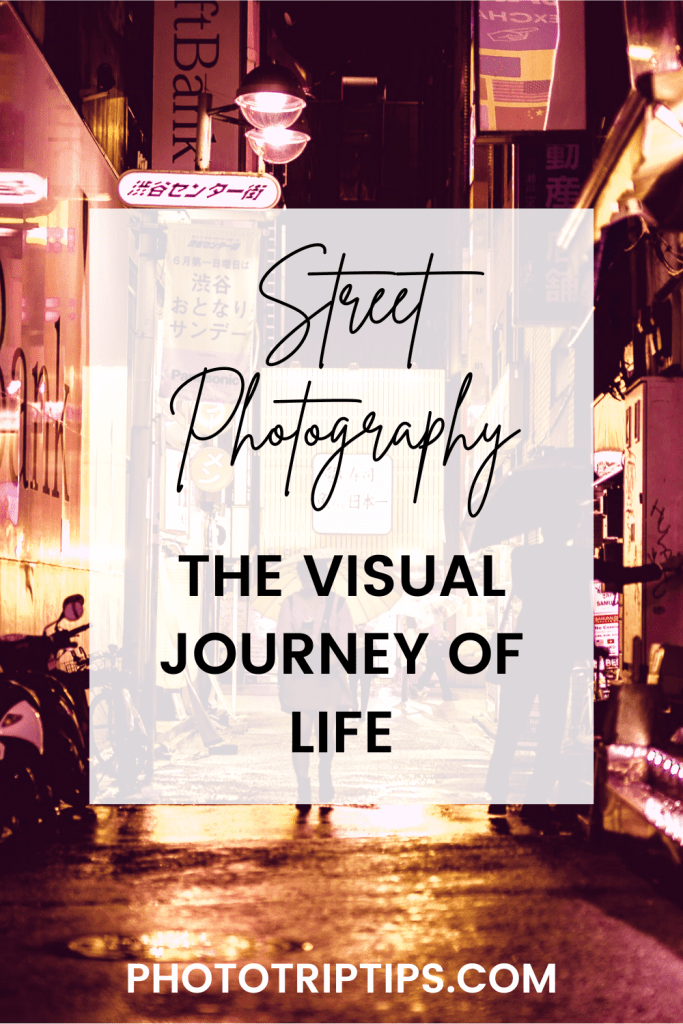
FAQs
1. Do I need a professional camera for street photography?
Not necessarily. While professional cameras offer advanced features and image quality, you can achieve great results with compact or mirrorless cameras too. It’s more important to have a camera that you feel comfortable using and that suits your shooting style.
2. Is it legal to photograph strangers in public spaces?
Laws regarding photographing strangers in public spaces vary across different jurisdictions. In general, if you are in a public area where there is no reasonable expectation of privacy, it is usually legal to capture photographs of people without their explicit consent. However, it’s important to respect individuals’ rights and consider ethical practices while engaging in street photography.
3. How can I overcome the fear of photographing strangers on the street?
Overcoming the fear of photographing strangers takes time and practice. Start by gradually pushing yourself out of your comfort zone, starting with less crowded areas and gradually moving to busier streets. Remember to approach the process with respect and a genuine appreciation for the people you photograph. Building confidence and being mindful of your intentions can help alleviate the fear and make the experience more enjoyable.
4. How can I capture candid moments without being noticed?
To capture candid moments without being noticed, there are a few techniques you can try. Shooting from the hip, using a wide-angle lens, or using the camera’s live view feature can help you maintain a low profile while capturing authentic moments. Being patient, observing your surroundings, and anticipating interesting scenes can also increase your chances of capturing candid shots without drawing attention to yourself.
5. How can I make my street photographs stand out?
To make your street photographs stand out and tell a compelling story, focus on capturing emotions, unique moments, and interesting interactions. Pay attention to composition, lighting, and framing to create visually engaging images.
5.1 Tell A Story
Look for storytelling elements such as juxtaposition, gestures, or unexpected situations that can convey a narrative. Experiment with different perspectives, angles, and editing techniques to add your personal touch and create a cohesive series that resonates with viewers.
Remember, street photography is a creative and subjective art form. Embrace your own style, experiment, and continuously evolve as a photographer. Stay passionate, keep exploring, and let your photographs reflect your unique perspective on the vibrant world of street photography.

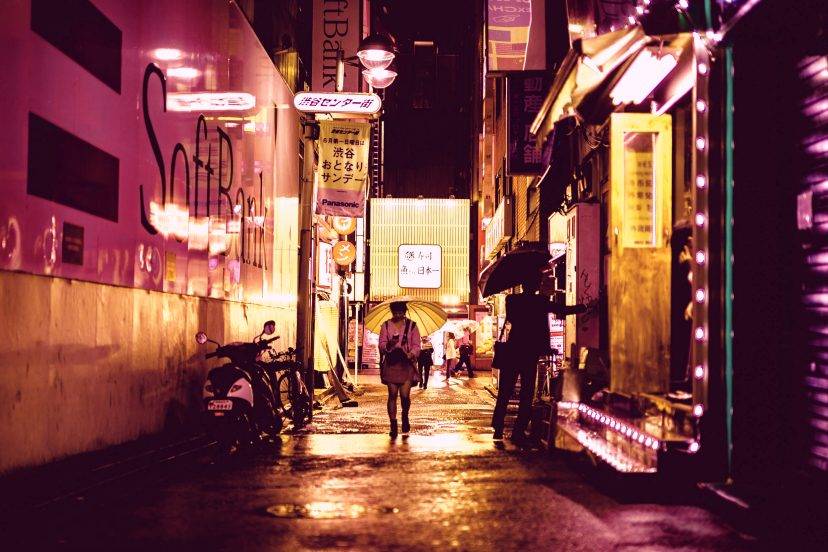

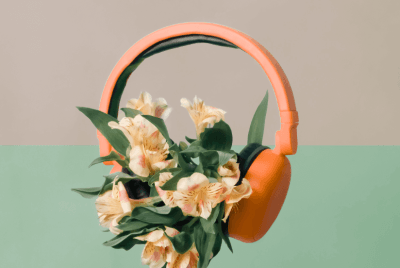
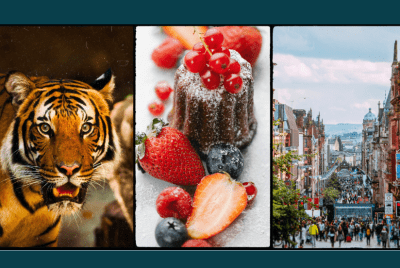
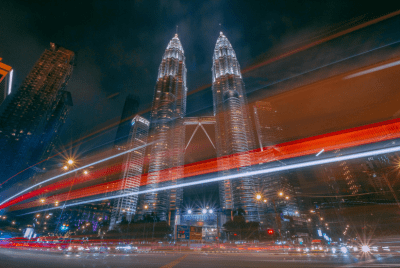

Comments are closed.